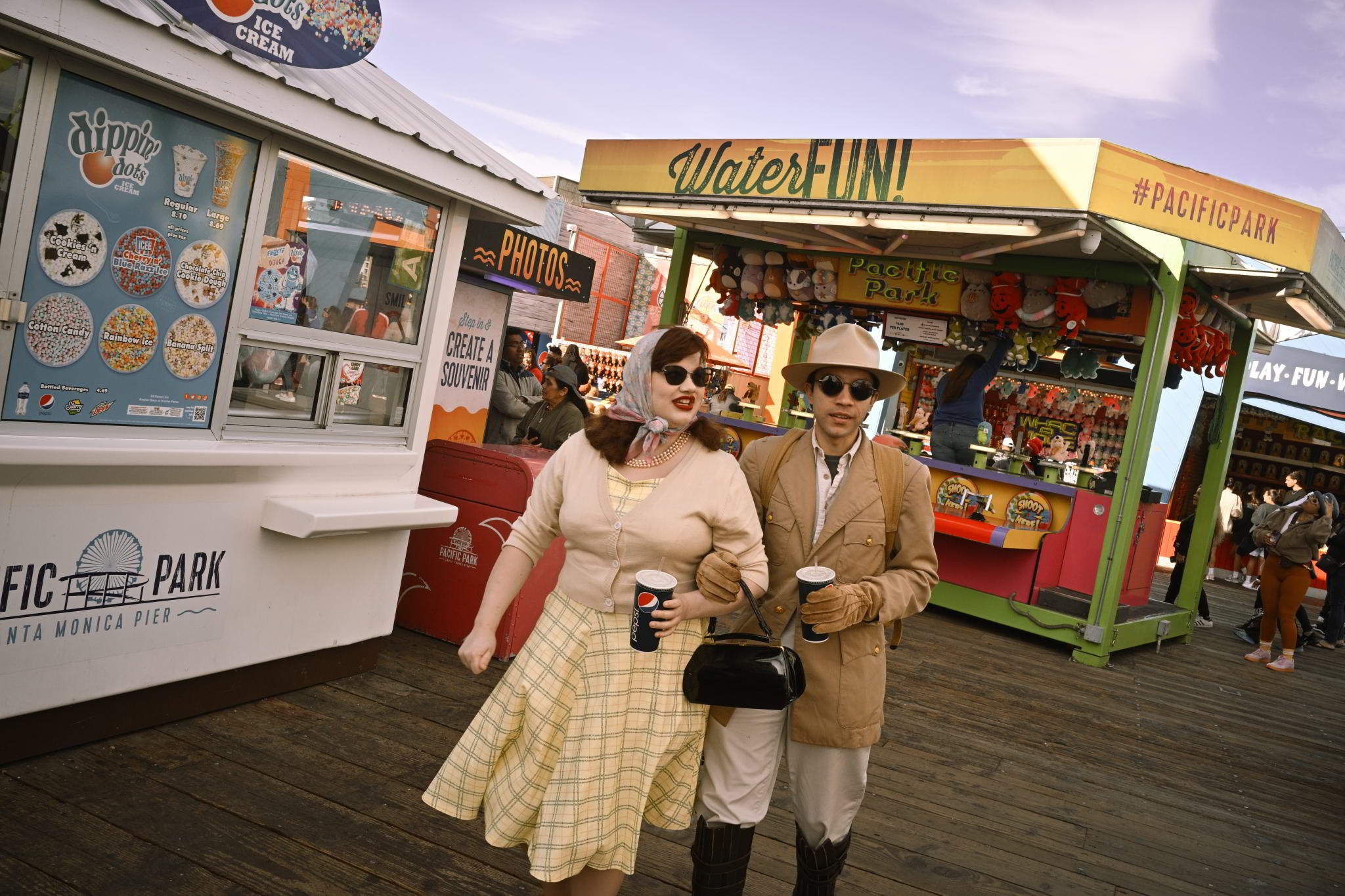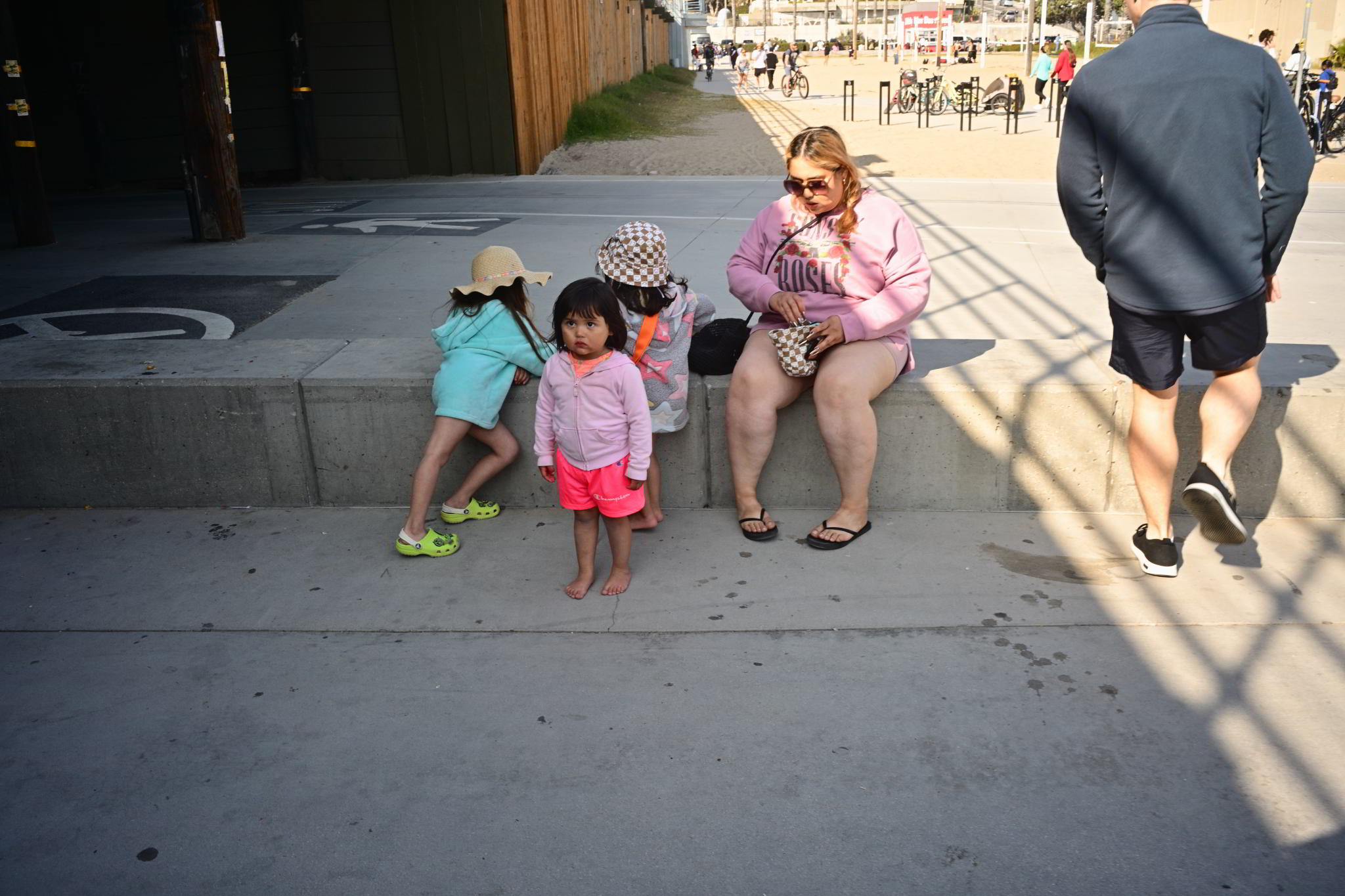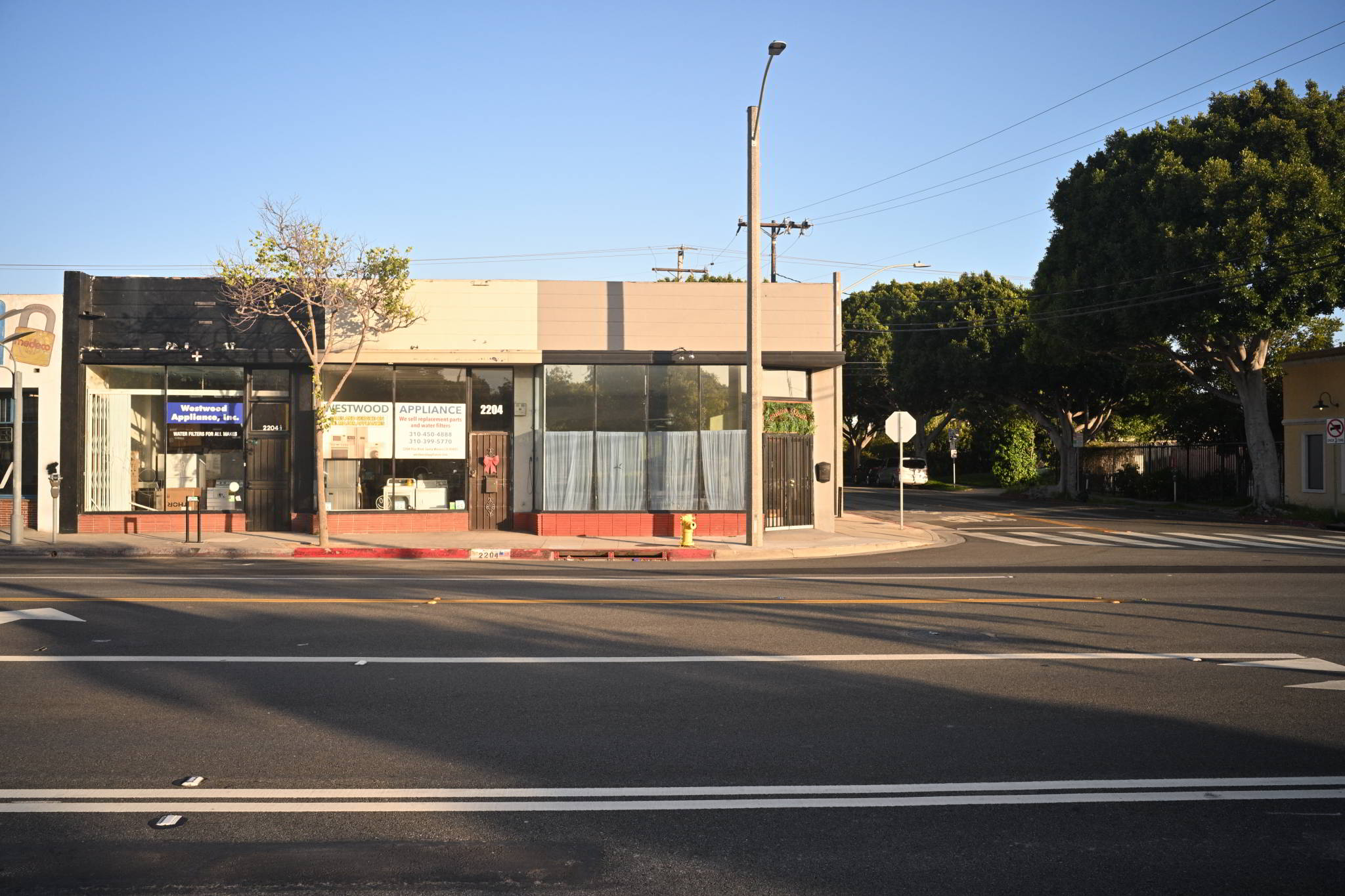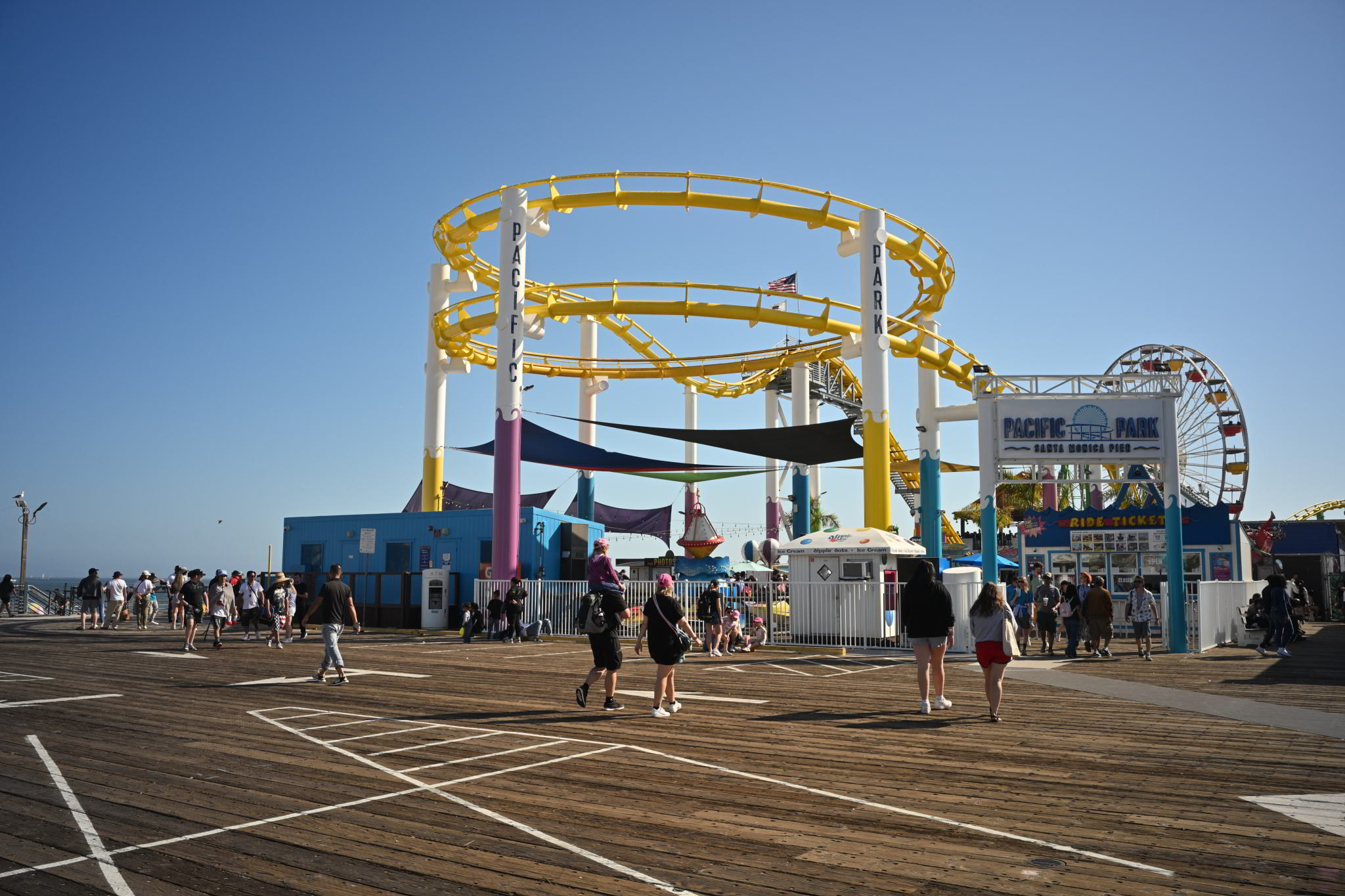Table of Contents
- Update: further down, there’s a comparison to a Fuji camera. Some readers pointed out that the test doesn’t hold any technical value. I originally stated that it’s not a scientific test, but just to be crystal clear, you may find that part irrelevant if you’re a technical person. Feel free to ignore it.
- It seems that the tone of this article, which is supposed to be based on purely personal experience, and my point of view only, is not clear enough. So, what follows is simply my take on the Nikon Zf, based on my experience as a street photographer. The conclusions are gathered from a pure experiential standpoint.
- I know when brands are compared, we step into uneven territories. I hope no one feels triggered by what I wrote. I enjoy photography in all its forms (as long as are sincere to its principles), and I believe we can feel lucky to live in a moment surrounded by such technical wonders. Each brand has its own values.
I’ve been using the Zf since last mid-November.
The beginnings have been uncertain: I was coming from seven years of Fuji experience to a system I knew nothing about, and the transition wasn’t exactly seamless, considering I was leaving my lighter X-Pro 2 for the bulkier Zf. How would the small grip and heavier body hold up against the Fuji?
Then I saw the first images the camera was able to render and a sense of comfort started to build up.
The last few years with the X-Pro 2 had seen a film-simulation JPEG approach straight out of camera, by turning off the RAW option altogether. By adopting a new system, and not knowing what to expect, I had to go back to the RAW workflow.

The Setup
Due to the bad X-Pro 2 autofocus, and my stubbornness in forcing myself to use manual lenses, the first lens I picked for the Zf was a manual 28mm (which has been on ever since). I went with a Voigtländer, a brand I grew fond of already during my Fujifilm time.
On the Nikon Zf, Voigtländer is the perfect match. I’m not sure what it is, but the combo, in my experience, is unbeatable.
In the field
The feeling of shooting with the Zf is an absolute joy. It’s strange: on the one hand, you can feel the camera due to its weight, which I like (now, my older cameras have almost a toyish feeling to them). On the other hand, the Zf becomes sort of invisible once you customize it.
The EVF, although considered average (3.68M dot, albeit with a good 0.8x magnification), didn’t disappoint me. In fact, despite being used to the OVF on the X-Pro 2, I don’t miss it at all. This EVF it’s big, clear, and with good contrast.
I customized the zoom-in button and reassigned it to the OK button, which makes the whole operation a breeze.
Paired with solid subject detection, I can quickly check the focus if I need it, even with my adapted Voigtländer (manual focus lenses with electronic contacts have focus confirmation too).
Other settings are: silent mode on (not even a hiss), maximum ISO 32000 (and I could push it even further), minimum shutter speed 1/400, and two modified picture controls: one for monochrome (that uses Deep Tone), and one for color.
Speaking of monochrome: what I thought to be just a gimmick, the B&W switch selector, turned out to be one of the features that I use all the time.
But how does it feel?
Coming to the actual experience, the Zf is a fast camera, with great controls, and a wonderful tactile feeling. The exposure compensation and the top dials are placed perfectly.
When I bring the Zf to my eye the camera is ready, the commands are snappy. If I miss the shot, it’s on me, whereas I couldn’t always say the same with the X-Pro 2, with the camera sometimes not waking up from the power save mode as fast as I’d expect, or with the OVF/EVF momentarily unusable due to the poor diopter implementation.
As I’m getting more and more used to the Voigtländer with its focus tab, I can shoot from the hip, lens wide open, and still get the shot, as in the third image below with the woman in the black dress.
Even though I never used a Leica, somehow I feel the Zf is the closest thing in this class.
I can now tell the OVF wasn’t enough to make up for the so-called rangefinder experience. I believe it’s more about having a camera that is always ready while being unobtrusive, a camera that doesn’t get in the way.
Nikon Zf Sample Gallery






Note: Since I’m using a manual lens without electronic contacts, the aperture shown in the images’ description is not representative of the actual f-stop used, except for the 1st, 3rd and last picture (the rest were taken at f/11).
Editing VS Film Sims
Let’s talk about Fujifilm most beloved feature, and what this entails in Nikon’s world: film simulations.
Fuji built a reputation around its film simulation idea, which on paper is indeed unique. Having a digital camera that is capable of rendering images with the look of film stocks, it’s appealing. Not only the promise of mimicking the analog look is intriguing, but also the chance of skipping the tedious RAW editing altogether while using the already great JPEGs straight out of camera is rather remarkable. But I think that’s not quite how it works in the real world.
Of course, the film stock resemblance it’s an approximation of what the recipe tries to emulate, while the final render differs to various degrees from the original film stock. Which is fine, it’s not meant to be a one-to-one copy.
As for the SOOC approach, that didn’t always work for me with the X-Pro 2. The metering wasn’t always spot on, and the camera struggled in specific situations. But we’re still talking about Fujifilm colors, and these cameras are no slouch.
That said, I can’t help but notice how richer, deeper, and more vibrant the files from the Zf look compared to the Fuji ones. And I’m not comparing the Zf to my old X-Pro 2, but to the X-H2s with its X-Trans CMOS 5, one of the flagships cameras in the Fuji realm.
Native Editing Software Choices
When it comes to editing RAW files, both Nikon and Fujifilm offer their respective software: NX Studio for Nikon, and RAW File Converter EX for Fujifilm.
They each offer similar functions for basic adjustments, but I never adopted RAW File Converter EX as my main editing tool. With Nikon’s NX Studio, the music has changed.
In RFCE, it always felt like I was chasing the right balance, struggling to find a good compromise during the editing process.
With NX, it only takes a few, minor tweaks. It also comes with local adjustments, which have a natural rendition of how the mask transitions. In reality, I barely need to do anything: perhaps, just a gentle push of the exposure, or a little bump in the contrast, and that’s it.
I don’t think the different results between the two software is solely due to the technology behind them, but rather to the quality of the RAW images. The funny thing is, now I could go fully SOOC with the Zf, and it would work most of the time perfectly fine, only the RAW workflow works just too well to give up.
Nikon Zf VS Fujifilm, a side-by-side comparison.
I decided to take the two camera out for a test, and see how they would compare in similar conditions. This isn’t a scientific test by any means, I just did it for fun.
Now, since the Zf is a full-frame camera, and the X-H2s is a crop sensor, I tried to get as close as I could in terms of setup by using the Fujifilm XF 16-55mm f/2.8 R LM WR on the X-H2s, while on the Zf I’m using my trusted Voigtländer 28mm f/2.8 Color-Skopar Type II Aspherical.
To put this in number, we’re comparing a $2,619.74 system (Nikon Zf + lens&adapter) to a $3,598.00 system (Fuji X-H2s + lens).
The samples below have been taken with the automatic settings and no changes to the color profiles. In the case of the X-H2s, I used the default Provia film sim which should be as generic as it gets.
Note: on both cameras, I have NR off, but I’m not sure whether RFCE does some processing under the hood as far as noise goes.










The devil is in the details…
A 100% crop-in of some details (I adjusted the gamma of the X-H2s on the first two samples to get the images closer).
Zf on the left, X-H2s on the right. After you open the image, you can zoom in by clicking on it.
The render of the grass leaves no surprises: being the Zf a full-frame camera, it retains more detail compared to the X-H2s.

Notice how the volumetric feels more natural on the Zf, and the colors more pleasing.
Sure, I can push the gamma on the X-H2s’ raw file (which I did here), but then I need to balance the brightness out in the other parts of the image to compensate, which leads to more post-processing work.

The better gamma handling of the Zf delivers images that need less correction out of the box. In this case, the reflection on the left shows more info on the trees than the counterpart on the right.

Here the light wrap on the pillars is more pronounced on the Zf image, thus returning a more dimensional picture.

Lastly, let’s look at the colors in the detail below. The image overall has a more contrasty look (check for instance the corrugated metal wall). The blue of the vending machine is more vibrant, as well as the t-shirt of the employee on the right.
Once again, things are adjustable in post to some extent, but not without spending time sitting in front of your computer.

…and in the colors
Throughout this test, the two cameras acted differently in terms of white balance, with the Zf rendering warmer tones, while the X-H2s cooler. Depending on personal preferences, this is adjustable in post for both cameras, though I still think that the cooler tones from the X-H2s tend to flatten the image a little.
For example, in the case of the pillars above, the area in shade looks more greyish on the Zf image, and bluer on the X-H2s, making them blend with the sky more than I’d like, i.e., there’s less separation.
The sky itself gets brighter toward the center/horizon (which is not vignette), which, again, helps to add depth to the picture.
I must admit, I loved Fuji colors better with their older (and much cheaper) cameras. I used the X-E1, X-E2, X-T10, X-T2 which all rendered great colors. With the X-Pro2 already, it seemed that things were changing, while the X-Pro1 is still famous for its special color rendition.
Critiques
The Zf, while being praised, it’s no stranger to critique.
There are a few I can understand, like the small grip, the weight, or the lack of native lenses that match the camera style. Granted, these issues can be a dealbreaker for some.
The ISO button is also contentious as the implementation is different from Fuji where you either have it on auto or manual (on the Zf there are a few extra steps in order to switch between the two). I don’t mind it as the only parts of the camera I need to control are shutter speed & f-stop.
But there’s one criticism I hear quite often when evaluating the camera as its whole, which I don’t get. Due to the aforementioned oddities, the camera is considered a half-baked solution as far as the “analogue” experience goes on a mirrorless system.
This, to me, doesn’t make much sense. The Zf is not an analog camera, rather is an exemplary camera that tries to deliver the best of both worlds. Do you need focus confirmation with manual lenses? Check. Do you need the analogue dial feeling and operability? Check. And so on so forth. All this, while delivering the most pleasing files I’ve ever seen among the various cameras I owned (Canon, Sony, Fujifilm).
Conclusion
Did Nikon create the perfect camera, especially in the context of a retro-like experience? Of course no, but it’s one of the closest product to it on the market.
There’s no perfect camera, period. Canon, Sony, Fuji, etc., all have their strengths and weaknesses. And for the sake of curiosity, now and then I peek through Leica forums and those are not immune to complaints either, by any means. And let’s not forget what Leica customers pay for their gears.
As photographers, we simply need to choose the tool we feel most comfortable with. Everything else, specs, style, etc., is relative and matters as long as it helps improve our work for whatever reason because ultimately, it is how we think and experience our photography that makes the camera relevant.
So, the real question is: is the Zf perfect for me? After taking into account the alternatives available today, it definitely is. When the quirks are so minor that they become negligible, what matters to me, is the sum of the parts which in this case excels.
Leave a Reply